How to develop a safe lighting programme for hens to improve egg laying in winter
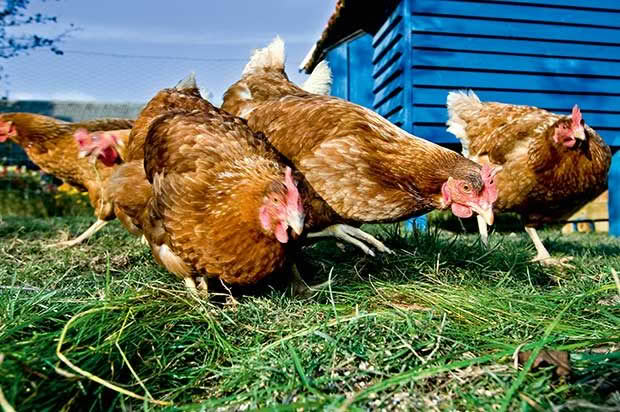
You can use lights to extend your hen’s working year. In part two, we look at how to design a lighting programme that can give you more eggs without harming your hens.
Words: Sue Clarke
If you decide to extend your birds’ perceived summer day length, there are some important points to remember and you will also need to decide upon an actual programme to use.
Just leaving hens living on a 16 hour day for all of their adult life is not going to work. If you intend to keep birds for longer than a one-year laying period then you will still need to give them a ‘winter’ to give them time to moult and refresh their metabolism.
Commercial farmers keep their birds for a 12-14 month laying period and then cull a flock when it is anything from 65 to 80 weeks old as ‘end of lays’ (EOLs) because it is not economic for them to feed the birds for the 2-3 months of a moult with no egg production.
It’s much cheaper to buy in a new batch of ready-to-lay, 4-5-month-old pullets.
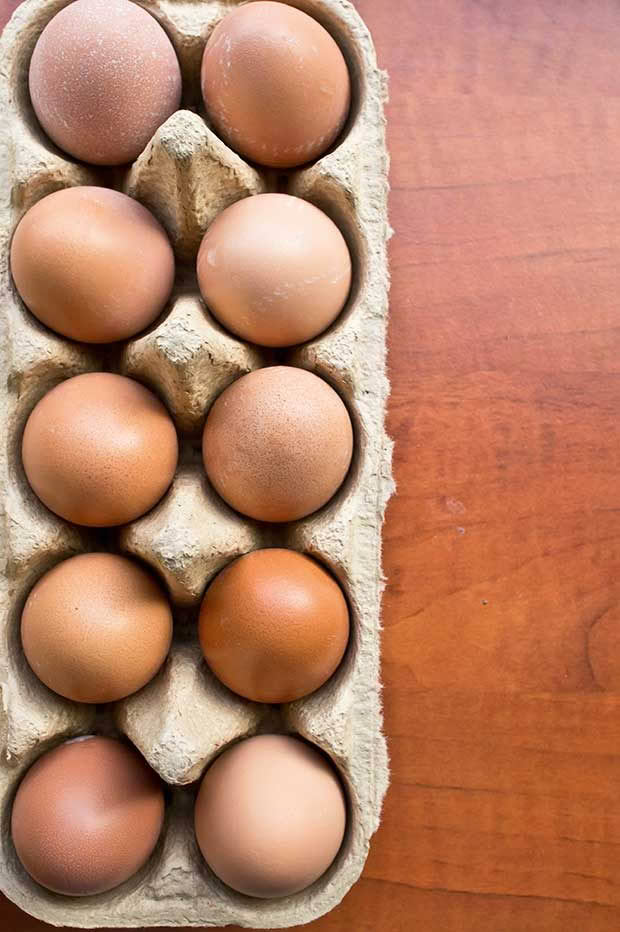
In a small backyard flock, you can simulate summer for 10 months of the year by using artificial light to keep the day length constant, but then you need to allow the birds to moult and recover. This period should take 6-8 weeks if managed properly.
TURN OFF THE LIGHTS
Once you decide when you want your birds to moult, the easiest way to do it is to turn off the artificial light and let the birds’ day length revert to natural day length.
TIMING IS EVERYTHING
As at May 1st, the natural day length will be around 10 hours. A drop from 16 hours to 10 hours will probably result in a drop in eggs within a week. If you moult your birds through May and June they should be growing feathers in time to keep warm during the colder, wetter months of July to August.
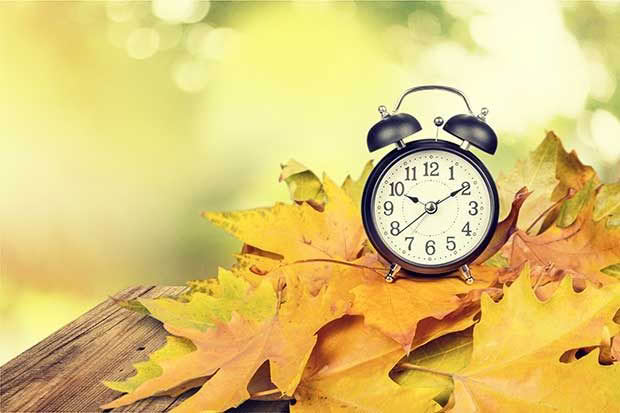
Week one: Your hens will stop laying and drop what feathers they have left. You can replace Layer feed with a more basic (and cheaper) diet of meat crumble, plus whatever free-range garden waste is around.
Week three: Three weeks after you turn off the lights you should reintroduce Layer pellets (birds should have 24-7 access) with perhaps the addition of some extra protein (meat scraps, dog roll) to improve feather growth.
Week six onwards: After six weeks you can start to reintroduce artificial light to make their total day 11 hours long. If you start doing this in mid-June your hens will have a two hour light increase in their day. This initial first big increase is essential to kickstart their hormones.
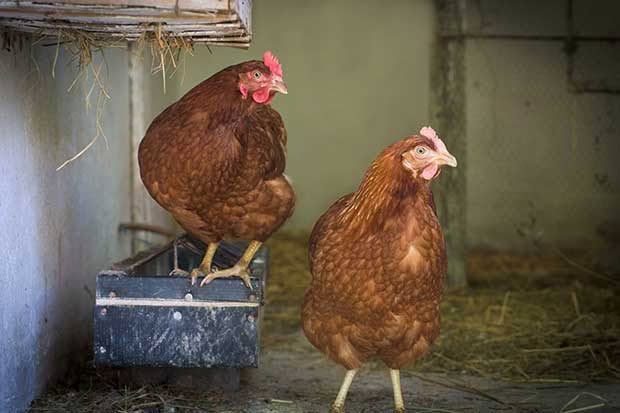
It will take approximately four weeks from when you first increase their day length until they start to lay again.
From then you should increase their day length by half an hour per week until 16 hours is reached, and then maintain that right through until the following May.
LIGHTING UP STRATEGIES
There are a few points to consider before you decide whether you want to provide some extra day length to keep your birds laying longer.
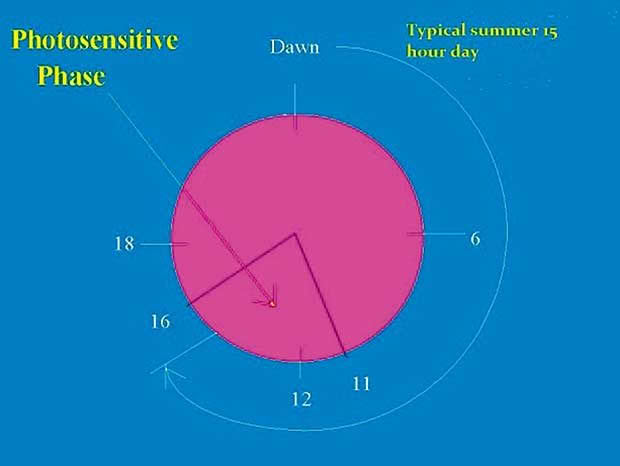
• Never reduce the hours of light (artificial plus natural) during the laying period unless you want the birds to stop laying.
• The light level (intensity) needs to be at least five lux in the darkest area of the coop. This can be achieved by hanging one 40 watt light bulb 2m high to light a space of roughly 10 square metres. However, it’s better to have two bulbs, in case one blows. To give you an idea of how bright that is, you should be able to read a newspaper without straining your eyes.
• You will need an on/off timer and preferably one with two ON and OFF positions in 24 hours. Ensure you change the ON/OFF times in accordance with the changing day length and follow a programme – timed to the date — if you are relying on natural light at either end of the day. The daylight length changes every day, sometimes by as much as two minutes, so if you leave changing your timer for say three weeks instead of one week, the birds will have had a drop in daylight of almost 45 minutes which is enough to reduce egg production.
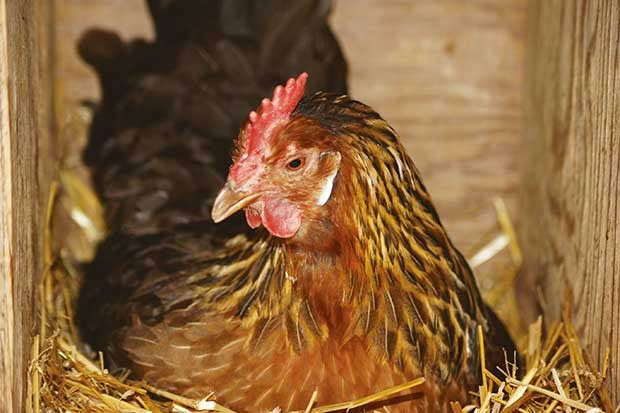
• Ensure that bulbs don’t get dusty – a simple plastic lampshade will help keep the dust off and direct the light downwards.
• Check that the bulb(s) is not blown, every day. Two or three days without artificial light will result in egg production stopping completely within a week.
• Day length on the longest and shortest days varies from one end of the country to the other (scroll down for average day length hours in NZ). Once the dawn and dusk periods are taken into account, a standard day length between lights on and lights off of 16 hours will be sufficient throughout the country.
WHAT TYPE OF LIGHT BULB?
The actual source of light and its intensity is quite important. You may be constrained by the availability of power to run the light to a shed or coop, the safety aspects of providing electricity and what type of light source you choose.
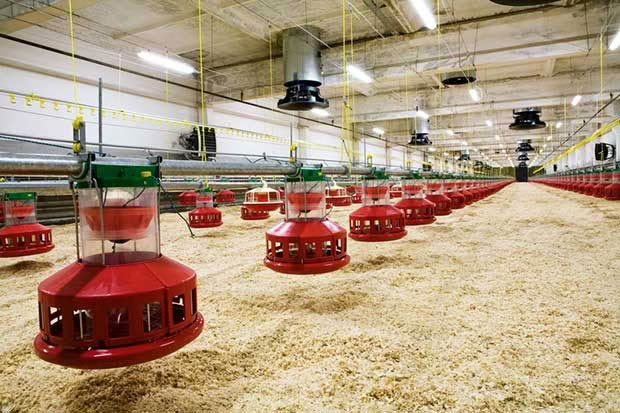
Some lights/bulbs are better than others. If the light is too bright it may encourage feather pecking and cannibalism, especially when the birds are closely confined and the lights are on but it is dark outside.
However, if the light is not bright enough it will have no effect on the birds’ pituitary glands and they will stop laying. Birds see better at the ‘warm’ end of the spectrum with red/orange light, such as the soft yellow light of incandescent bulbs. Colder, blue, daylight-type bulbs are less stimulating.

Incandescent bulbs are the most readily available and low-cost but have low efficiency and lifespan.
Compact fluorescent bulbs (CFLs) that produce warm light are longer lasting and while they have a higher initial cost, they can be 75% more energy-efficient and last up to 10 times longer than incandescent bulbs.
LEDs (light-emitting diodes) are energy-efficient, robust and long-lasting, even longer than CFLs. Choose the warm white types over the blue/green emitters. The wavelengths emitted by LEDs more closely mirrors those received by the hen.
EXTENDED DAY LENGTH FOR LAYING HENS
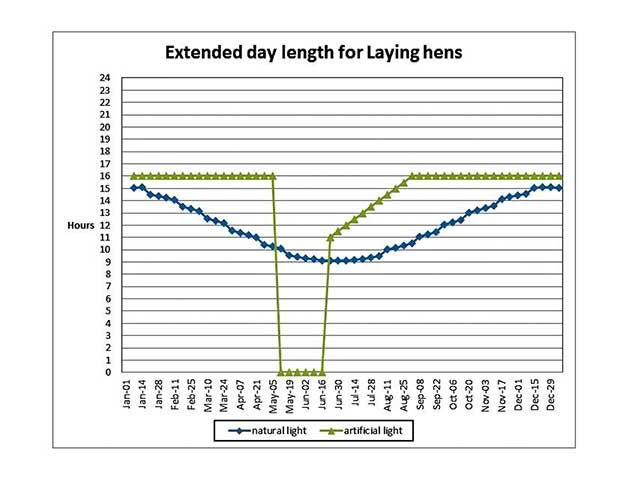
AUCKLAND
Longest day length
(December 21st) 14 hours, 41 minutes
Shortest day length
(June 21st) 9 hours, 37 minutes
Difference winter-summer day length
5 hours, 4 minutes
PALMERSTON NORTH
Longest day length
(December 21st) 15 hours, 3 minutes
Shortest day length
(June 21st) 9 hours, 17 minutes
Difference winter-summer day length
5 hours, 46 minutes
CHRISTCHURCH
Longest day length
(December 21st) 15 hours, 26 minutes
Shortest day length
(June 21st) 8 hours, 56 minutes
Difference winter-summer day length
6 hours, 30 minutes
INVERCARGILL
Longest day length
(December 21st) 15 hours, 49 minutes
Shortest day length
(June 21st) 8 hours, 35 minutes
Difference winter-summer day length
7 hours, 14 minutes
Love this story? Subscribe now!
 This article first appeared in NZ Lifestyle Block Magazine.
This article first appeared in NZ Lifestyle Block Magazine.
